Few in the auto industry can claim to have had as lasting a legacy as Hal Sperlich. The one-time engineer led product development at two of Detroit’s Big Three and also shepherded the development of two iconic products: the Ford Mustang and the Chrysler minivan. Sperlich passed away Monday at the age of 95.
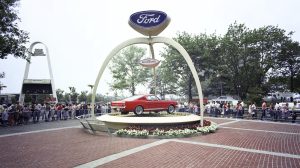
The Ford Mustang made its debut at the 1964 NY World’s Fair, triggering a massive run at Ford dealerships for the new “pony car.”
“A visionary,” “an engineer’s engineer,” a man whose “passion and knowledge” led to the creation of some of the most iconic products ever to emerge from Detroit, the tributes have come pouring in this week as word spread of the death of Hal Sperlich at the age of 95.
Trained as an engineer, best known as a product development “ace” and eventually rising to become president of the old Chrysler Corp., few in the industry have left such an indelible stamp on the domestic industry, Sperlich credited, among other products, with the creation of both the Ford Mustang and the Chrysler minivan.
“Sperlich’s first recipe was simple: Create eye-catching, segment-busting vehicles by modifying existing platforms with unique bodies and keep costs under control by using as many off-the-shelf components as possible,” wrote Richard Truett in his Automotive News tribute.
A knack for knowing the next big thing
Raised in the shadows of Detroit, Hal Sperlich didn’t stray far, earning first an engineering degree and then an MBA from the University of Michigan. He brought both skills to play during his years at Ford Motor Co., which he joined in 1957.
Sperlich’s time at Ford coincided with a critical moment in automotive history, the emergence of the Baby Boom generation as the largest and most powerful force of consumers the U.S. had ever seen. Sperlich knew there were changes needed. Detroit manufacturers in particular, he recognized, needed to move beyond the massive slabs of iron that defined their product portfolios in the post-War years.
“Hal was a dare-to-be-different product planner who had vision, passion and knowledge of a customers’ wants and needs,” said Ford CEO Jim Farley in a statement marking Sperlich’s passing. “He didn’t play it safe, and he was always focused on the whitespace and improving the company’s capability. There are a lot of people who make great cars but so few who invent segments like Hal did with the Mustang and later the Fiesta,” the latter model Ford’s first front-wheel-drive subcompact.
World cars
Sperlich’s first breakout product was the Mustang, the first in what would become an entirely new class of affordable “pony cars.” Originally conceived to honor the World War II fighter plane, it shifted focus leading up to its formal debut at the 1964-65 New York World’s Fair. The little sports coupe brought together Sperlich and Lee Iacocca, then Ford’s president, both overcoming the resistance of a skeptical Henry Ford II who finally authorized $75 million for the project.
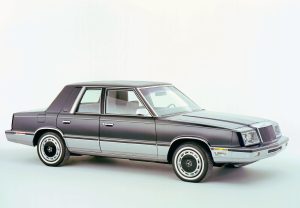
Sperlich landed at Chrysler just in time to help bring the K-Car to life, saving the company from bankruptcy.
At a modest $2,368, it was a relative bargain, even though commonplace features of today, such as air conditioning, power windows, even power brakes, cost extra. Ford hopefully bet it could sell 100,000 Mustangs a year. It could barely keep up with demand, hitting that target within months, on the way to selling 418,000 of them. Even today, it is the best-selling sports coupe in the world.
But it would be just the first of many breakout products Sperlich spearheaded in the years to come. A list that included the Ford Fiesta and Fairmont — the automaker’s first “world cars” — and still more to follow at Chrysler.
“The common thread was breakthrough efficiency in how you put them together with low-cost, lightweight, and very fuel-efficient powertrains,” Sperlich explained to MotorTrend in a 2013 interview. “Along with low price and value you could not get at that price level before — breakthrough value in both product and price.”
More Automotive News
- Obituary: Writer, Editor, Skillful Raconteur and Legend Jean Jennings Passes Away at 70
- The Past Lane: Chrysler’s Attempt to Regain Prestige
- Jimmy Carter Dead at 100, Had Major Influence on Auto Industry
Running afoul of the Deuce
Those who knew Sperlich in his glory days knew he would dig in when he came up with what he saw as the next big idea. And he pushed harder than ever when he came up with the idea of a downsized van that could serve as the modern alternative to the classic American station wagon — something he thought was desperately needed as Boomers began raising their own families.
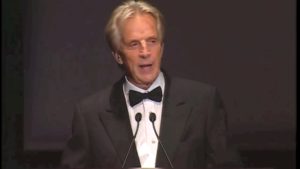
Sperlich joked the real reason he was in the Automotive Hall of Fame was that the minivan helped him keep 20 million women happy.
“I was aggressive and pushing,” Sperlich said in his MotorTrend profile. Henry Ford II, better known as the Deuce “ended up firing me because I was pushing too hard and easy to fire.”
In a separate interview with the Associated Press, Sperlich recalled it was “extraordinarily painful. It cost me a lot of money. It cost me a lot of friendships. It really disrupted my life and brought a lot of pain.”
But there was to be a classic silver lining.
Making the move to Chrysler
It didn’t take long for Sperlich to line up another job — though his move to Chrysler seemed to many a dead end. The automaker was in desperate financial shape and then-Chairman John Ricardo was looking for any possible way to boost sales and keep the cash flowing. It helped that Lee Iacocca, also fired from Ford, made the same move to the company’s smaller rival a matter of months later.
Ultimately, Iacocca would replace Ricardo as both chairman and CEO. And he would realize Chrysler could only survive by pulling together a massive bailout requiring concessions from everyone from workers to shareholders — as well as a big loan guarantee from the federal government. The new boss sweetened the proposed deal by rolling out the next of Sperlich’s big projects. With the money Chrysler needed, Iacocca declared, the company would build the K-Car. The rescue went through, and the downsized, front-drive models sold well enough to ensure Chrysler’s future.
But the biggest breakthrough was just in the planning stages. When Sperlich went to Chrysler he brought with him the idea for the minivan, which Ford had rejected. Iacocca greenlit the project and the first models, including the Plymouth Voyager and Dodge Caravan, rolled out for the 1984 model year.
While minivans today make up a modest share of the U.S. market they became a massive hit in the pre-SUV era, Americans at one time buying about 2 million annually. And for the next three decades, Chrysler would so dominate the market that many rivals, including Ford and General Motors, eventually gave up and dropped out.
Retirement
Sperlich eventually rose to become Chrysler president before retiring in 1988. Looking back over his career he listed his role in helping the automaker survive as one of his biggest accomplishments.
“Knowing what survival meant to our employees, suppliers, dealers and customers made those tough years especially gratifying,” he told MotorTrend.
His career wasn’t entirely finished. He lined up partners to purchase the old Delco Remy division from General Motors in 1994, GM spinning off many of its weaker parts and component operations.
Sperlich’s achievements were recognized in 2009 when he was inducted into the Automotive Hall of Fame, alongside both Iacocca and Henry Ford II.
Sperlich died Jan. 20 at the age of 95.

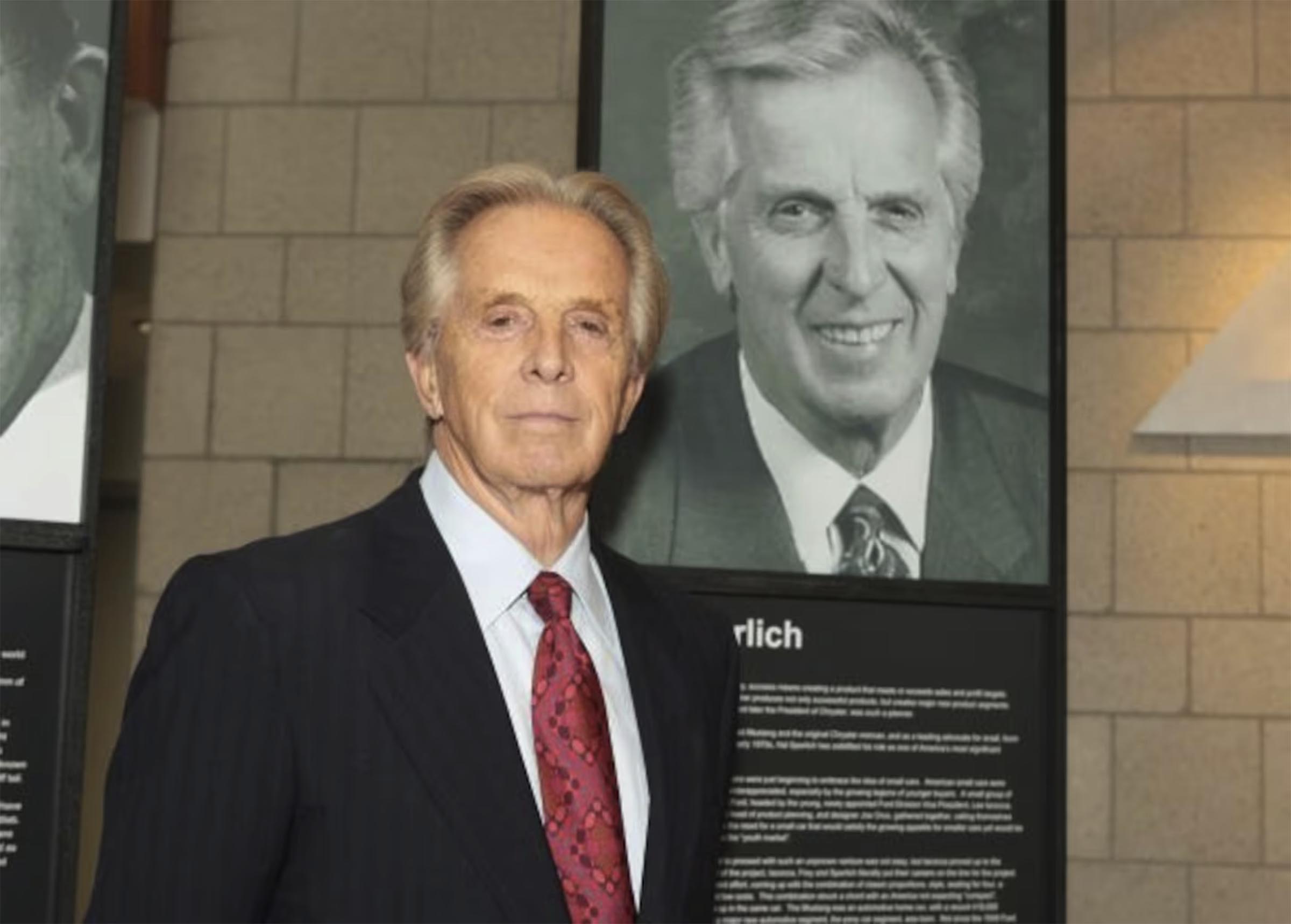
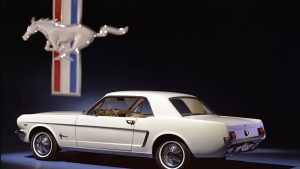
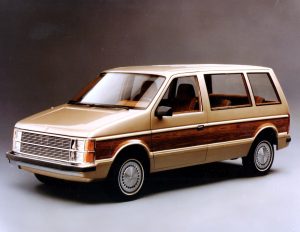
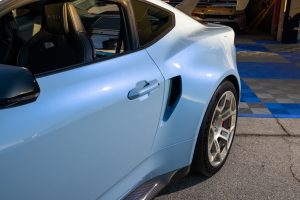
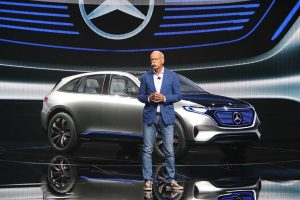
0 Comments